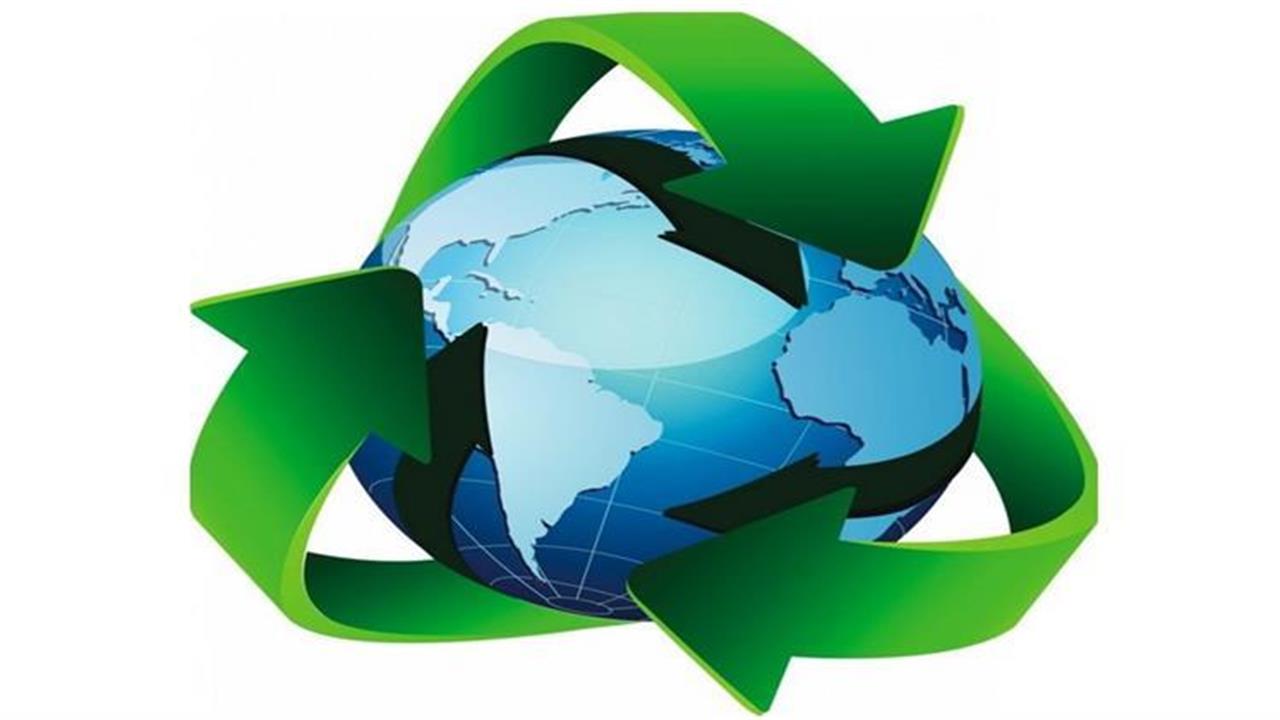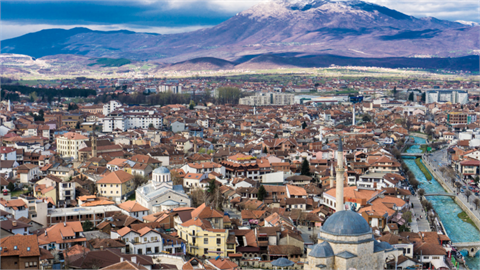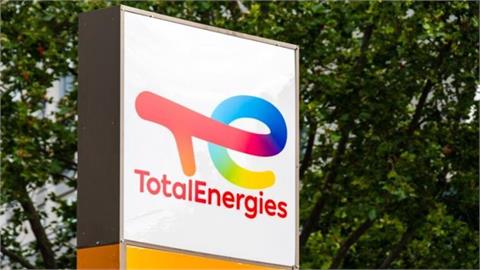by Vasili Nikoletopoulos*
Introduction
The transition from a linear ‘production-use-disposal’ model to a circular economy model is a central priority for Europe. The cyclic recovery of waste (Waste-to-Product or W-to-P) means converting materials from waste to new products or raw materials, with preservation of value, reduction of the need for primary raw materials and minimization of the environmental footprint.
This article describes technological and industrial applications of W-to-P in Europe, and compares technically, environmentally, economically, financially and socially with Incineration ie production of energy (Waste-to-Energy, W-to-E) – all the while disagreeing with the under consultation ‘Strategic Environmental Impact Assessment (SEA) for the Creation of a Network of Energy Utilization Units of Energy Exploitation[1], currently under consultation in Greece.
- 1. Basic principles of cyclical utilization
These are first, the design for recycling products, i.e. designing so that the products are dismantled and easily recycled. Secondly, the sorting at source and pre-sorting i.e. improvement of the quality of waste streams (e.g. separation of organic, plastics, paper). Thirdly, Mechanical and chemical recycling technologies: from classic mechanical recycling of plastics to advanced technologies such as chemical recycling of plastics and the recovery of chemicals from organic waste. Finally, Closed loops i.e. reuse of materials in the same industrial circle or open loops for other applications (e.g. used plastic as raw material for pavements).
- 2. Industrial applications of cyclical utilization in Europe
Main examples of Circular Waste Utilization are: The Recycling of plastics (mechanical & chemical). The latter includes converting plastics (e.g. polyethylene, polypropylene, PET) into monomers or oils through pyrolysis, glycolysis or hydrolysis and is recommended for contaminated or mixed currents that are not mechanically recycled. The recovery of organic matter — biowaste in a product, i.e. Composting &anaerobic digestion (AD): compost production, material soil, and biogas (which can be upgraded to biomethane) – for use in agriculture, energy needs or chemical raw materials, with biocompetitive products such as bioplastics, slow-release fertilizers and bioactive ingredients from food residues.
Particularly important is the production of synthetic gas (syngas) and secondary fuels through waste gasification (e.g. organic, plastic or RDF mixtures) resulting in syngas, a mixture of CO and H2. From syngas methanol, ethanol, synthetic aviation fuels (SAF), hydrogen and other chemical raw materials can be produced. Applications of this technology in Europe include projects in Italy, Germany, the Netherlands, the United Kingdom, where the gasification of waste, urban and other, is used for the production of low-carbon fuels such as methanol, ethanol and SAF, replacing conventional fossil fuels.
Advantage of circular utilization is the high efficiency in energy conversion and the ability to produce high added value products instead of simple power generation.
- 3. Technical advantages over incineration (Waste-to-Energy)
The advantages of the Waste-to-Product instead of incineration (Waste-to-Energy) include the Maintenance of material value as waste-to-product maintains the value of materials (e.g. plastic>plastic), while combustion destroys molecular structures and the possibility of reprocessing. Flexibility in the production of products because waste is converted into raw materials for a variety of products (structural, chemical, agricultural), not only energy. Reduced energy intensity because for some materials (e.g. aluminum, plastics) recycling requires less energy than the production of raw materials or the energy equivalent of incineration + yield. Improved quality of soils and resources as the production of organic fertilizers/compost improves fertility, which incineration does not offer.
- 4. Environmental benefits of Circular Waste Exploitation
First, Lower greenhouse gas emissions -- when taking into account a whole life cycle, Waste-to-Product often reduces total CO2e emissions relative to incineration, especially if it replaces production of new raw materials. The second environmental benefit is the reduction of pollutant leaks and toxic residues -- incineration can produce ash, dioxins/furonas (although modern control units reduce these risks), while recycling processes reduce the accumulation of toxics in the chain. Third, the conservation of natural resources by reducing the extraction and production of raw materials. Finally, Circular water and reduced energy use, since some recycling processes may require water and energy, but overall savings are important.
There are also issues of incineration’s incompatibility with the Regional Waste Management Plan (ΠΕΣΔΑ) and the Regional Spatial Planning Framework (ΠΧΠ) of specific regions in Greece, as well as with Directive 2001/42/EC.
- Economic aspects
The benefits of Circular Waste Utilization include first, the creation of new markets and jobs because the recycling and secondary industries often create more local jobs per tonne from combustion. Secondly, the recovery of value as secondary raw materials reduce the cost of production for companies that integrate them. Thirdly, the reduction of dependence on imported raw materials which is positive for the competitiveness of industry.
Another important benefit of Circular Waste Utilization is the Avoidance of ETS Emissions, as, unlike the burning of waste subject to the European Emissions Trading System (EU ETS), cyclical exploitation avoids the burden on CO2 prices, enhancing the economic viability of this method. A further benefit relates to energy-grade network adequacy since electricity from W-to-E is not always necessary for the grid — thus its production can be cut especially in periods of overproduction from renewables, reducing incineration’s real value.
Finally, Circular Waste Utilization is recognized in the European Taxonomy, resulting in the possibility of European financing of the relevant investment projects, in contrast to incineration which leads to the use of exclusively national funds.
For completeness of the present article, we point out that there are also the following Challenges/Risks for Utilization. First of all, the cost of primary investment, as chemical recycling technologies and utilization plants often need high initial investment -- a disadvantage that, however, can be offset by the ease of funding as above. Economic volatility of the prices of secondary raw materials is another challenge as when oil/new material prices are low, the secondary market is pressed. Finally, the Cost of collection and screening as, without good sorting networks, the quality of the currents decreases and the cost increases.
- Social acceptance and cultural factors
Last but not least, the crucial importance of accepting local communities is highlighted, since Utilization plants typically face less resistance compared with incinerators. This phenomenon is strongly observed for the under consultation ‘Strategic Environmental Impact Assessment (SEA)...’[1]. As a rule, acceptance depends on transparency, community involvement and proper odors/noise/emissions management – but primarily on the choice of environmentally friendly technology.
- Summary: Waste-to-Product vs Waste-to-Energy
Technically: W-to-P allows reuse of molecular/material structure as W-to-E produces energy but destroys materials. For some currents there is no alternative (e.g. residual contaminated materials), so W-to-E plays a role as the last option.
Environmental: In an overall life cycle, W-to-P tends to have a smaller CO2e footprint especially when it replaces raw material production. W-to-E can offer a landfill diversion and energy production but with consequent waste (ash) and loss of material value. Also, W-to-P is compatible with the Regional Waste Management Plan (ΠΕΣΔΑ) and with the Regional Spatial Planning Framework (ΠΧΠ) of specific regions in Greece, and is in accordance with Directive 2001/42/EC.
Economics: W-to-P creates new economic benefits and jobs, avoids ETS costs and network constraints. The greatest ease of finance balances the higher CAPEX in sorting, technology and the purchase of secondary materials. W-to-E can offer a steady flow of energy and revenue, but it depends on energy prices, policies and demand in the grid, e.g. cuts.
Social: W-to-P usually finds more positive acceptance of communities and consumers when processes are transparent and finished products meet quality; W-to-E often faces stronger responses due to fears for pollutants, despite modern decontamination technologies.
Conclusion
Contrary to the conclusions of the study under consultation, cyclical waste utilization (waste-to-product) offers significant technical, environmental, economic and social advantages over the exclusive dependence on incineration (waste-to-energy).
While incineration maintains a role as a solution of last resort and energy production for specific streams, prioritising reuse and recycling creates more durable supply chains, reduces emissions, offers access to European funding and boosts the local economy.
[1] https://ypen.gov.gr/wp-content/uploads/2025/08/SMPE_Energeiaki_Axiopoiisi.pdf
[Computer translation from the Greek original]
* Mechanical-Electrical NTUA, M.Sc. Engineering-Economic Systems Stanford University




